 Place of birth Weslaco, Texas
Place of birth Weslaco, TexasPlace of death Iwo Jima island
Allegiance USMC
Years of service 1943-1945
Rank Corporal
Unit 28th Marines
Battles/wars Battle of Iwo Jima
Block was born in Yorktown, Texas, the eldest of the four sons of Edward ("Ed") Frederick Block and Ada Belle ("Belle") Block, a family of Seventh day-Adventists. In hopes of improving the family farming fortunes, the Block family moved to Weslaco, a small town in the middle of the Rio Grande Valley. Block was an outgoing daredevil with many friends at Weslaco High School. A natural athlete, Block led the Weslaco Panther Football Team to the Conference Championship. He was honored as "All South Texas End."
Block and twelve of his teammates enlisted in the Marine Corps through the Selective Service System at San Antonio on February 18, 1943. After basic training in San Diego, he took parachute training and qualifying as a Paramarine, and was promoted to Private First Class, on May 22, 1943.
He was sent to the Pacific, and arrived at New Caledonia on November 15, 1943, where he joined the Headquarters and Service Company of the 1st Marine Parachute Regiment, I Marine Amphibious Corps. He fought on Bougainville after landing there on 21 December. He returned to San Diego, where the Marine Parachute Regiment was disbanded on February 29, 1944. He joined Company E, 2d Battalion, 28th Marines, 5th Marine Division at Camp Pendleton, and was promoted corporal on October 27, 1944.
Block landed on Iwo Jima on February 19, 1945, and was involved in the flag-raising on Mount Suribachi on February 23, 1945. As a corporal, he was second-in-command of his squad to Sgt. Mike Strank at Iwo Jima. He idolized Strank, and as written in the book "Flags of Our Fathers", he followed Strank without question. Block took over the leadership of his squad when Sgt. Strank was killed, but Block was himself killed by a mortar blast just hours later on the same day, March 1, as the squad attacked toward Nishi Ridge.
After the battle, there was controversy as to the identity of the Marine who planted the flag in the famous photograph of the flag-raising on Iwo Jima. When his mother saw Joe Rosenthal's iconic flag raising photograph in the Weslaco newspaper on February 25, just two days after the photo was taken, she immediately exclaimed, "That's Harlon", pointing to the figure on the far right. However, Rene Gagnon mistakenly identified the figure as Sergeant Hank Hansen of Boston, another Paramarine who was involved in the first flag-raising earlier that day, but who was not included in the famous photograph. John Bradley concurred with Gagnon at that time.
Belle never wavered in her belief that it was Harlon insisting, "I know my boy", but no one believed her. Some eighteen months later, a Congressional investigation revealed that it was indeed Block and not Hansen in the photograph. Fellow Paramarine Ira Hayes was instrumental in proving Block's involvement in the famous photo, and in the end, both Gagnon and Bradley agreed that "it could be Block." In fact, Hayes had told Marine officials that the sixth flag raiser was Block, but since the Marines had already made announcements that Hansen had been identified, he was told not to make waves.
Block was originally buried in the 5th Marine Division Cemetery on Iwo Jima, and then re-interred in Weslaco in January 1949. His body was moved in 1995 to a burial place near to the Iwo Jima Monument in Harlingen, Texas, near the Marine Military Academy.
Source: Isn't Wikipedia grand?
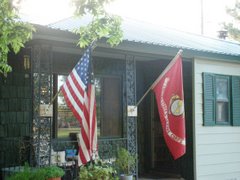
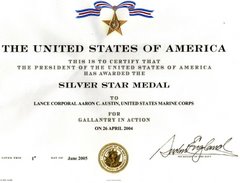
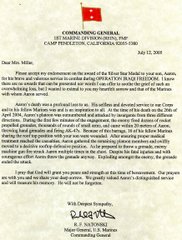
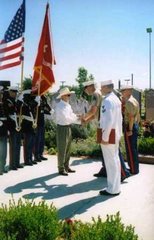






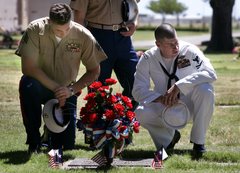



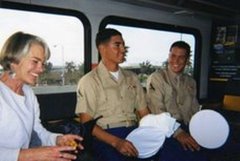

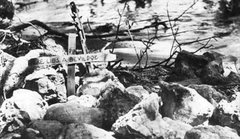


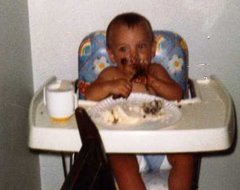

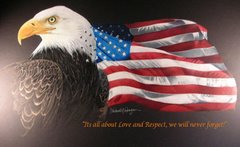
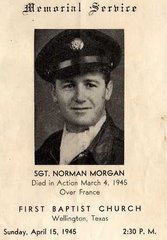
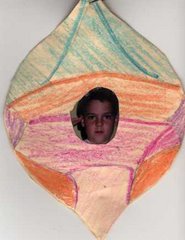

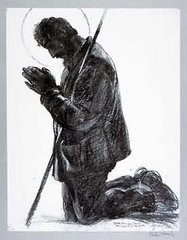
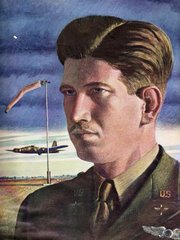

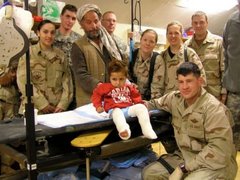
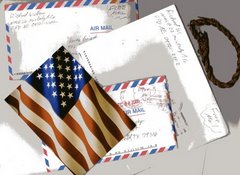

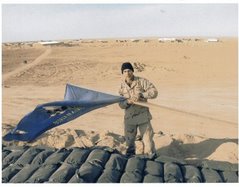


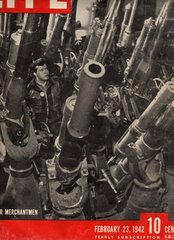
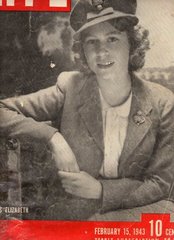

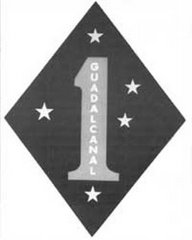
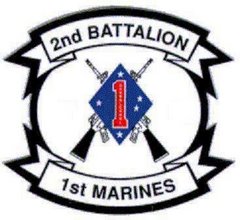


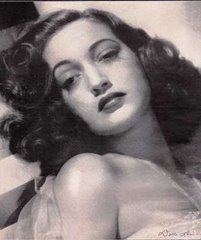

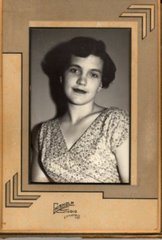

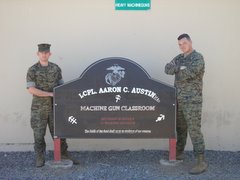

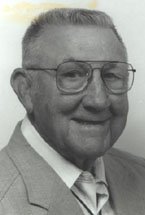

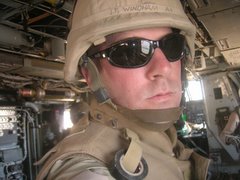
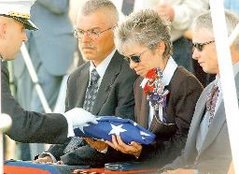




2 comments:
Wow. The things you learn. I am glad they finally acknowledged Block.
Hope all is well with you dear.
I am too. His Momma knew! And I'm well, Jenn. Thanks!
Post a Comment